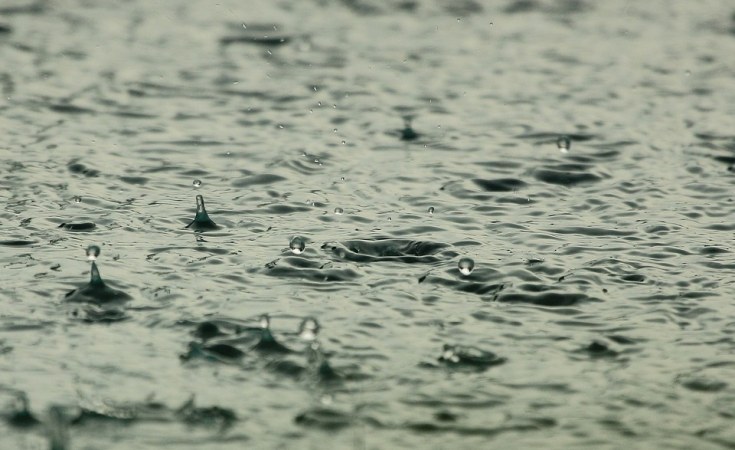Water level in Lake Kariba, which reached a record low in December 2022, has been rising rapidly as a result of heavy rains attributed to Cyclone Cheneso, building up the storage for the two power stations.
Cyclone Cheneso started off as a tropical cyclone off the coast of Madagascar, resulting in the death of at least 25 people so far and displacement of thousands more.
The lake level had risen to 7,13 percent of live storage capacity, the part of the lake which can be used for power generation as of yesterday after falling to the lowest level ever recorded of 0,8 percent reached last year, since the dam was commissioned in 1960.
There are projections that the lake level could rise by a metre, the biggest gain so far, in the coming days if the rainfall continues.
Hydrologists have noted positive indicators of a quick recovery after recording higher river flows of the Zambezi River at Chavuma, Ngonye and Victoria Falls gauging stations, when compared to the same period last year.
Since December Kariba South Power Station, and from around the middle of this month Kariba North, have been running on the daily water supply entering the lake during what was normally the low flow time of year.
With the water stored from the last high flow period exhausted, the stations were basically operating as run-of-river stations.
These flows kept the turbines turning at the power stations with Kariba South limited to 300MW against maximum output of 1 050MW.
The stations will never shut down entirely, since the river flows into the lake every day, but at the low flow periods there is not much for the two stations to use unless they still have flood waters stored.
Zambezi River Authority is expected to review the hydrological outlook in the first quarter of the year to determine water allocation to the power utilities for power generation.
Hydrologist Engineer Samuel Mwale said Cyclone Cheneso had contributed significantly to the rising water levels in Lake Kariba.
"Water levels have been rising steadily since January 1 when we recorded the lowest level in history of 475,60 metres at the end of December 2022."


